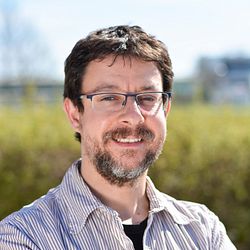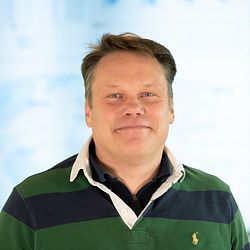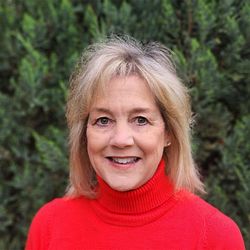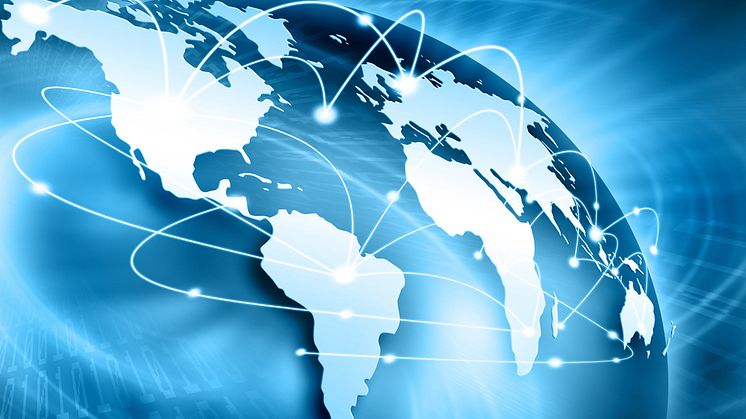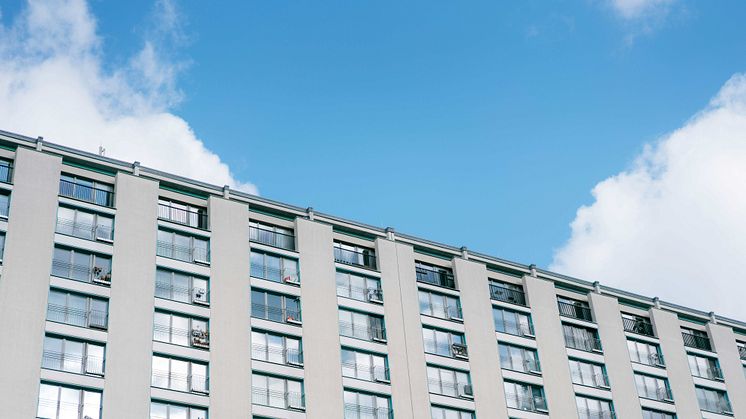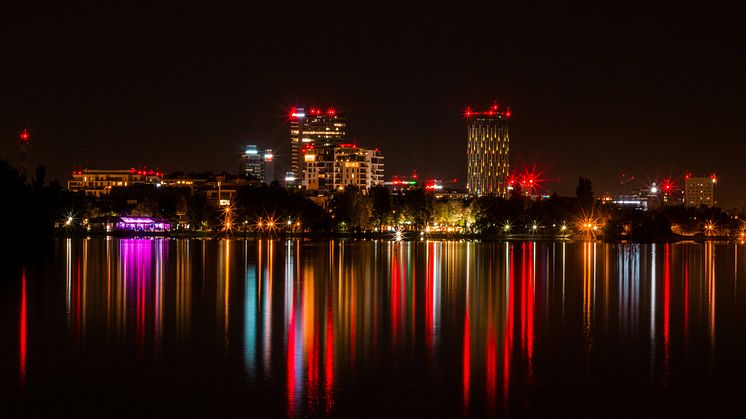
News -
Radonova Participates in the EURADOS Annual Conference in Bucharest
The European Radiation Dosimetry Group (EURADOS) organizes one of Europe’s most important events in the field of dosimetry and ionizing radiation. This year’s conference will take place in Bucharest, Romania, from February 24 to 27, bringing together leading experts, researchers, and organizations in radiation dosimetry – including Radonova.
EURADOS remains a highly active organization, which is evident during the annual meeting. Throughout the intensive conference week, the organization’s activities are presented along with providing a combination of networking opportunities and scientific presentations. Participants exchange experiences, access the latest research, establish connections, and propose initiatives to improve dosimetry across various applications.
Radonova is actively involved in the Environmental Dosimetry working group, which is one of the three central subgroups. At the upcoming meeting, Radonova’s radon expert, José-Luis Gutiérrez Villanueva, will deliver three presentations:
- Development of an ISO Standard for Personal Exposure – As the project leader for this initiative, José will present the ongoing work on establishing a new international standard.
- Metrology of Ionizing Radiation – The second presentation, also within the working group, will focus on metrology related to ionizing radiation.
- EURADOS Winter School – José has also been invited as a speaker at the EURADOS Winter School, where he will lecture on metrology of ionizing radiation.
"Contributing to the development of an ISO standard for personal exposure is an important part of our efforts to improve measurement methods and enhance safety related to radon," says José-Luis Gutiérrez Villanueva.
More information about the program can be found here»
